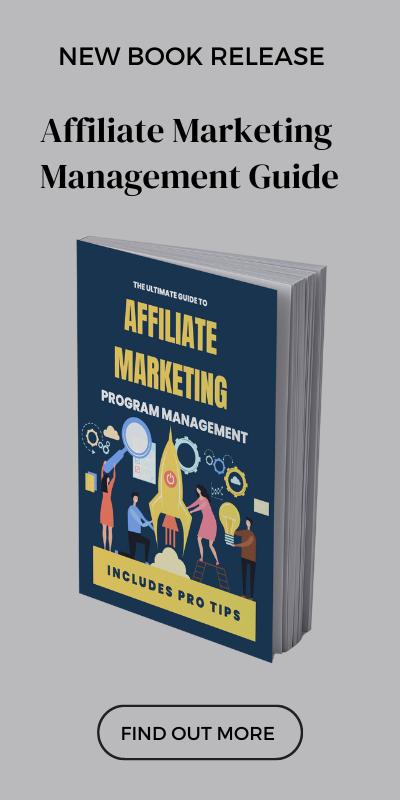There is a an old argument that the affiliate channel is just full of discount and cashback partners. Yes, these players exist, but there are also a ton of other types of publishers you can utilise. For example, I have worked on a lot of programs where we had nothing but content partners, and it was still very successful.
Discount and cashback partners have big volumes of website traffic and user bases that can be up to 7 or 8 million. So, as a brand looking to sell a product or service online, it would be scandalous to ignore these guys. The preconceived notion that certain types of customers don’t use these sites is also outdated. As awareness of these types of sites has grown so has their diverse user bases. Let’s face it, everyone likes a discount. My clients have sold products worth individually anything from £2-8k through these partners. As the price point is high, so is the value of the discount or cashback given to the customer.
There will be sites you obviously know are working as an affiliate, but there might be a ton that you wouldn’t expect. Affiliate marketing is a great way for a site to diversify its revenue stream from traditional models.
From a brand’s perspective they only pay when something is sold. So, any risk is lowered. As long as there is transparency on how your brand will be advertised, then I would encourage you to work with a variety of different partners.
Below are a few of the different types of affiliates I have worked with, and continue to see great success with.
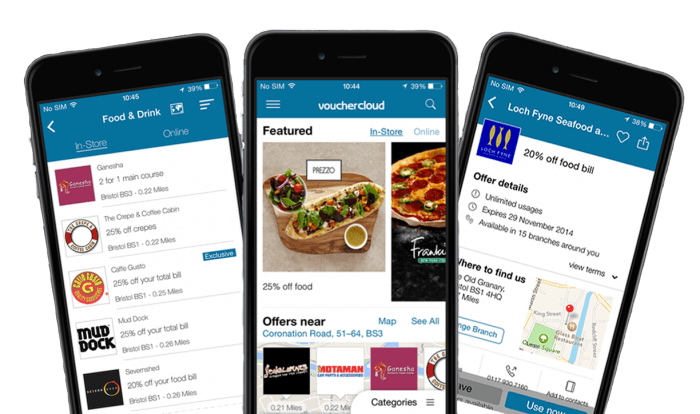
Discount and coupon sites
These guys don’t need much explaining. They are a place to communicate an offer, discount or sale to a user base of price savvy customers.
Pros: Have the ability to drive high revenue through targeted campaigns both online and offline.
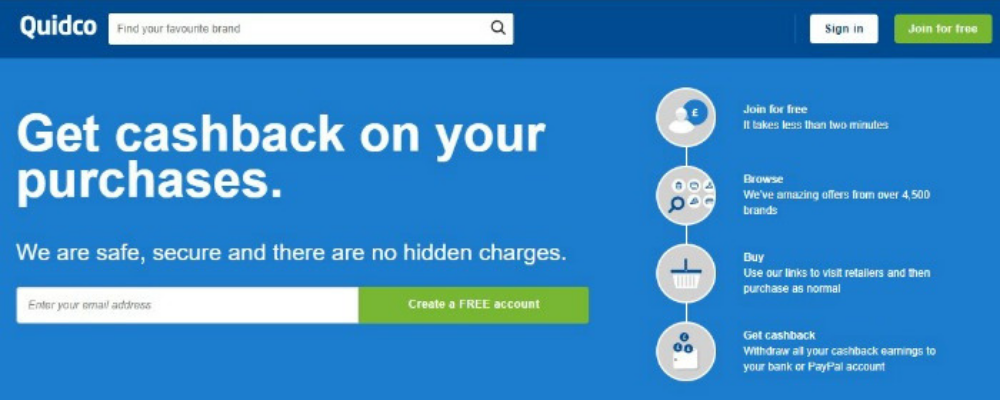
Cashback
Transfer the commission rate I give them to the customer. This might only be a percentage of the total commission given or it might be all. Different cashback sites can operate differently.
Pros: Like discount sites, the big ones have huge user bases. Unlike discount the perception is slightly different and might suit a luxury brand more than the ‘discount’ model.

Social media influencers
The new breed of affiliate partners over the past few years. As tracking in networks improve and social platforms open up to more third parties there is a natural alliance. Influencers want to earn ongoing revenue from brands as well as/or instead of, a price per post model.
Pros: Have had a bad rep recently. But, if you do your research and ensure they have an engaged audience that has been nurtured, then they can flourish for many brands. Find a partner whose audience naturally aligns with your own. Don’t force it.

Vloggers
Video content is key for nearly all brands. Working with this type of partner offers you the chance to have your product endorsed in great detail. In addition there are more options to link out from the platform (e.g. Youtube) through video link cards or the video’s description.
Pros: Great if you have a product with many feature or one that bodes well for demonstrations (like make-up). Google and social platforms are pushing video content more and more. So, this could be a great way to amplify any partnerships.

Broadsheet newspapers
Typically they use subnetworks or unique affiliate links to earn revenue from online articles. But, they are also getting in on the discount market. Partnering with major coupon sites to power their online discount portal as a sub category on site.
Pros: Access to a loyal demographic of readers. Are they actively interested in looking for discounts though, this remains to be seen.

Major magazines
A natural affiliate to pursue, especially for fashion and lifestyle brands. They have core notability in these verticals, so an endorsement from them can be incredibly profitable for a brand. Go through your local newsagent shelves, make a list, and check their online proposition.
Pros: Normally have a high volume of content being distributed online. Which as a result can lead to more opportunities to work together.
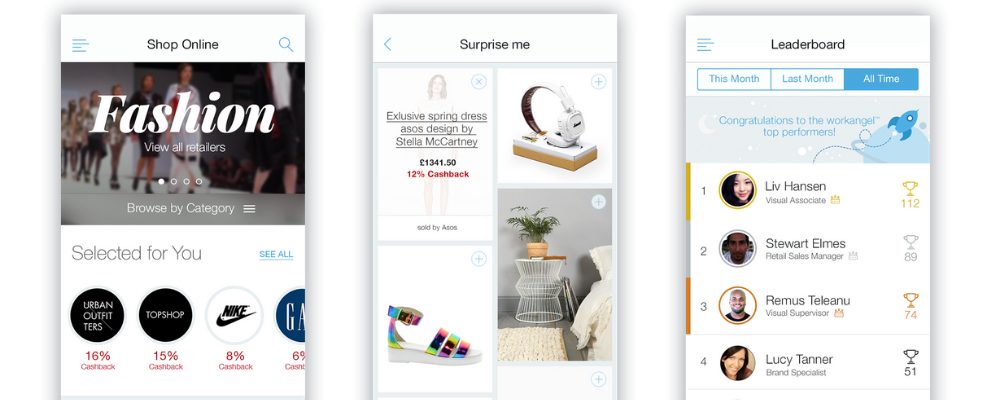
Employee benefit platforms
Offering those that work at companies ‘perks’ to keep them happy in their jobs. The perks have to come from somewhere and can often take the from of freebies or discounts from an affiliate partner.
Pros: Can offer you the chance to mix up the type of offer you provide. In my experience though they tend to be dominated by food, cinema and gym/fitness brands.

Loyalty platforms
Similar to cashback, loyalty platforms take the commission rate and convert it into points for their users. These could take the form of points like Nectar, or could be air miles for frequent fliers.
Pros: Frequent fliers tend to have a high disposable income. Therefore, they can align well with those selling luxury products.
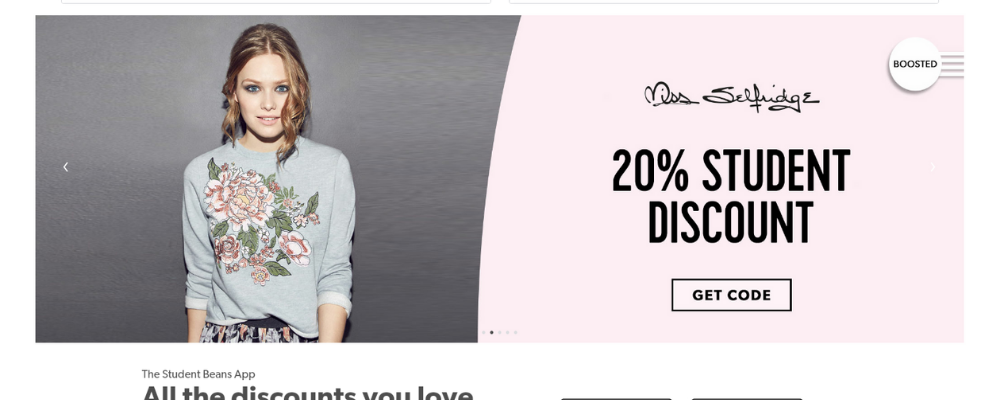
Student partners
Just like with discount partners, brands can offer a coupon to a wide student audience. The key difference is student partners can verify whether that customer is still a student by being linked with colleges and universities across the country.
Pros: Perfect for fast fashion brands as the low AOV plays well with the students that might not have high disposable income. But, don’t forget international students, they tend to come with a lot of money to spend.
Subnetworks
We can’t talk about different types of affiliates without talking about subnetworks. These are typically tech partners that automate the bulk of affiliate marketing for their publishers. It means the website can access brands from multiple networks all in one place.
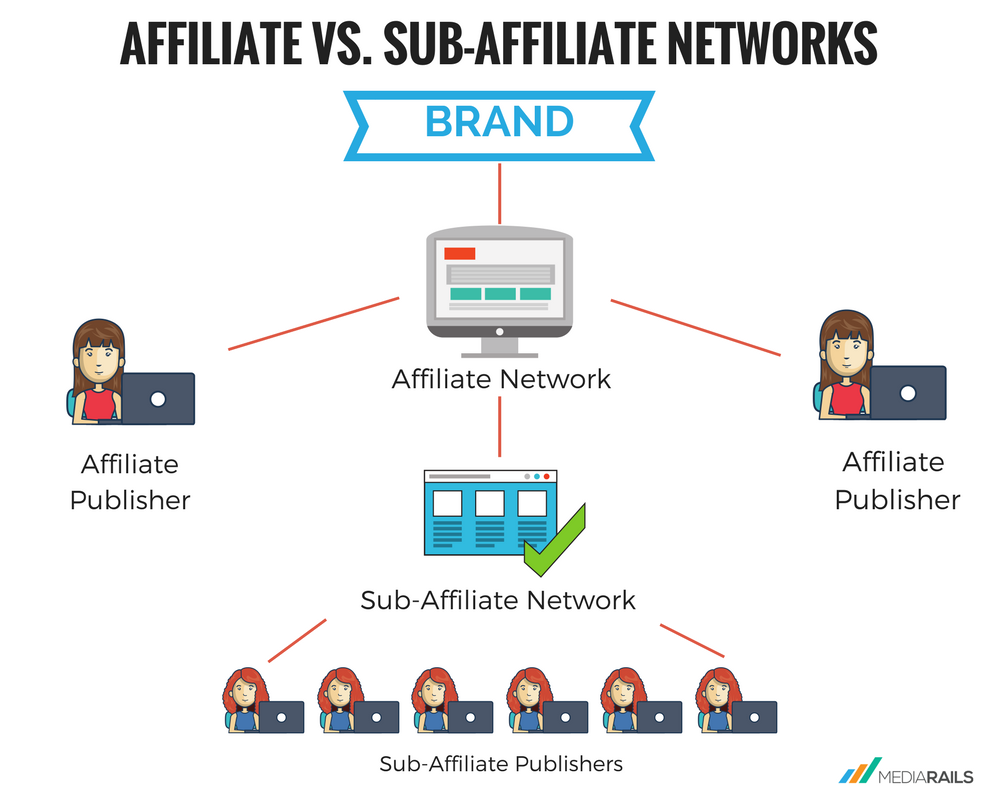
A couple of subnetworks that I have worked with extensively in my career include:
Skimlinks/Viglink
Add their javascript to your site and they will turn all url’s to external brand sites into an affiliate link. Saves time having to sign up to multiple programs and generate your affiliate link. For this, they take a percentage of the commission received from the brand. Big media publishers like GQ or Esquire use them as well as forums like Mumsnet.
RewardStyle
This is where you’ll find some of the best bloggers in the world. There is specific requirements needed to join, so naturally filters out a lot of poor quality content. The platform offers a wealth of widgets and tools to create shoppable content on your website and social channels.

